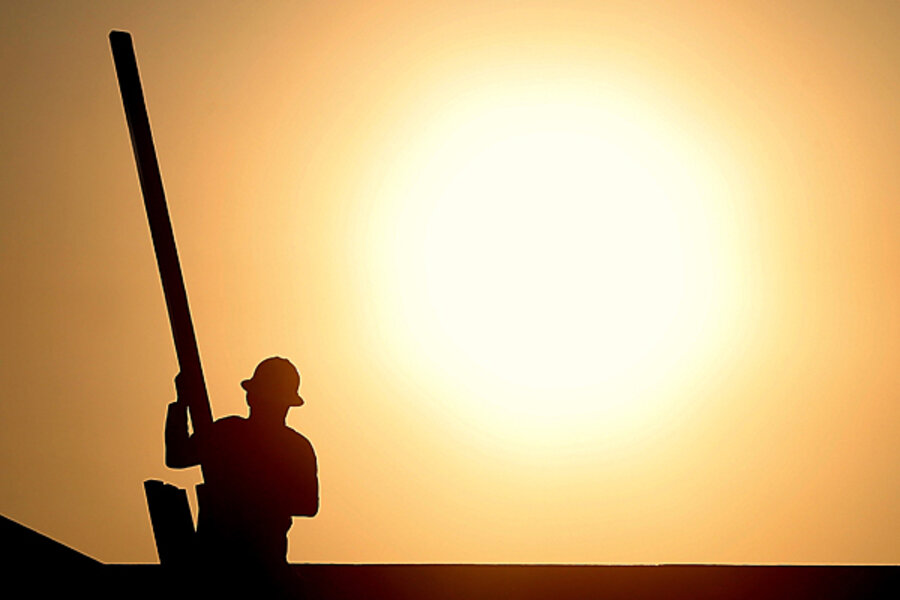Heat wave scorches California
Loading...
| Los Angeles
Temperatures spiked as a heat wave moved west into California, where residents and officials prepared for a broiling weekend that could see temperatures hit 120 in the deserts.
The National Weather Service issued excessive-heat warnings beginning Friday through Sunday night for areas from Santa Barbara County south to the Mexican border. Forecasters expected triple-digit highs in many areas — even above 5,000 feet in the mountains.
Excessive-heat watches were also posted for the 450-mile length of the Central Valley from Bakersfield north to Redding, and advisories were issued for interior valleys of the San Francisco Bay and Monterey Bay region, where highs are expected to range from the 90s to 105.
On Thursday temperatures were already topping 90 across many areas of the Los Angeles basin.
Experts warned people to stay out of the sun, wear broad-brimmed hats outdoors, drink lots of water and avoid putting pets and children in parked cars where the temperature can quickly soar. Drivers who might find themselves stuck in a hot car should carry extra sunglasses, water, snacks and any prescription medications they may need, said Ken Kondo, a program specialist with the Office of Emergency Management of Los Angeles County's Chief Executive Office.
The county designated dozens of air-conditioned libraries and community centers as cooling centers and planned to decide, based on temperature, whether to extend operating hours at some locations.
The hottest temperatures were expected on Saturday and Sunday before beginning to ease, but it still will be above-average through Tuesday, said NWS specialist Stuart Seto.
The high pressure system was moving in from New Mexico.
"It's a huge one," Seto said. "We haven't seen one like this for several years, probably the mid- to late 2000s."







